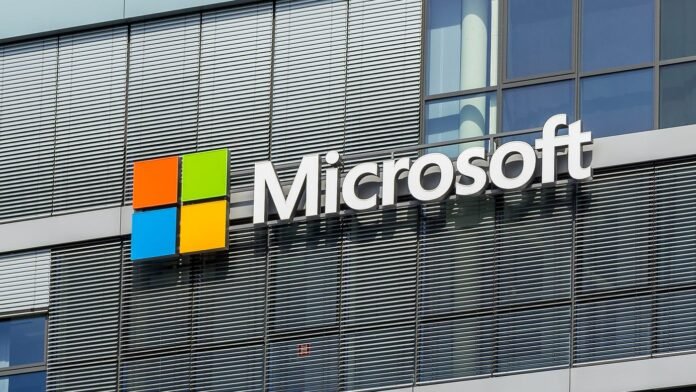Microsoft has issued a stark warning to over one billion Windows users: it’s time to eliminate passwords from your account. In a sweeping update aimed at bolstering security, the tech giant is pushing users to transition to passkeys—a move designed to thwart phishing attacks and simplify account access.
The End of the Password Era
In a bold announcement made last December and now being rolled out to users worldwide, Microsoft declared that traditional passwords—vulnerable to hacking, forgotten, or easily guessed—are no longer a secure method of authentication. “The password era is ending,” Microsoft warned, noting that cybercriminals have accelerated their password-related attacks. With reports of 7,000 password attacks blocked per second—almost double last year—the company is determined to “convince a billion users to love passkeys.”
A New Default: Passkeys
By the end of April, most Microsoft account users will encounter an updated sign-in experience across web and mobile apps that prioritises passkeys over passwords. When creating a new account, users will simply enter their email address and verify it with a one-time code. This streamlined process means there’s no need to set a password at all.
READ MORE: Wearable Device Brings Human Touch to Life
“Even if we get our more than one billion users to enroll and use passkeys, if a user has both a passkey and a password, the account is still at risk for phishing,” Microsoft explained. The company’s ultimate goal is clear: to remove passwords entirely and rely solely on phishing-resistant credentials.
Why Passkeys Are More Secure
Passkeys offer a dual advantage: they are not only more secure but also significantly faster than passwords—up to three times faster, according to Microsoft. In an era of increasingly sophisticated AI-fuelled cyberattacks and frequent compromises of two-factor authentication, passkeys represent a vital upgrade for safeguarding sensitive user data and preventing unauthorized access.
Microsoft’s transition to a “passwordless” future comes at a critical time when security breaches make weekly headlines. With major attacks on the rise, eliminating traditional passwords could close a major vulnerability that hackers have long exploited.
A Call for Industry-Wide Change
Microsoft’s decisive move sets a precedent that many believe should be followed by other major tech companies. While Microsoft is taking a firm stand against the continued use of passwords, competitors like Google still advocate keeping them as a backup credential. However, this approach, Microsoft warns, leaves systems open to phishing risks.
Industry analysts, including HYPR, predict that phishing-resistant authentication methods—especially those led by FIDO passkeys—will become the most widely deployed authentication strategy within two years. Consistent messaging and unified policies across major platforms could drive a wholesale shift in how digital security is approached, ensuring that vulnerable backup credentials are finally phased out.
What This Means for Users
For the average user, this transition means a simpler and more secure way to access their Microsoft accounts. Instead of juggling complex passwords, users will benefit from a streamlined sign-up and sign-in process that not only saves time but also significantly reduces the risk of cyberattacks. However, the success of this initiative hinges on widespread adoption and clear communication from all major platform providers.
Microsoft is urging users to update their account settings immediately and create a passkey, which will become the default sign-in method wherever possible. The company’s new user experience is designed to be intuitive and secure, ensuring that the shift to a passwordless environment is as smooth as possible.
Looking Ahead
As Microsoft leads the charge toward a future without passwords, it remains to be seen whether other tech giants will follow suit. The coming months will be critical as additional data and user feedback shape the evolution of digital security practices.
For now, Microsoft’s clear directive is to embrace the future of authentication: “Our ultimate goal is to remove passwords completely,” the company states. With over a billion users impacted, this move could herald a new era in online security—one where the vulnerabilities of traditional passwords become a thing of the past.
